
We recently completed two net-zero electric pump jacks in Alberta for Imaginea Energy, a leading edge oil producer with a “dream to create hydrocarbons that will be “clean” – created without emissions, without pollution, and without the use of fresh water”. How cool is that? These first projects are a step towards this dream.
These projects are also in some ways symbolic of a major shift we are about to go through – from fossil fuels to renewable energy; from internal combustion engines to zero-emission electric vehicles. It was Imaginea that first asked the question – which would drive a car further: the oil produced from an oil well or that same lease covered with a solar array?
The oil well produces other products of value such as plastics, chemicals, asphalt, etc but for this example, we are just focussing on gasoline usage.
| Oil Scenario | Solar PV Scenario | |
|---|---|---|
| Lot Size | 110m x 110m site (Typical well in Alberta) | 110m x 110m site (Same site as the well) |
| System | One well on site | 300 kW solar PV system |
| Energy Production | 58,000 litres per year (Based on actual well near Brooks, AB) | 360,000 kWh per year |
| Depletion / Degradation | -5% per year | -0.05% per year |
| Site Life | 30 years | 30 years |
| Maintenance | Daily and/or weekly visits to inspect, adjust and maintain | Semi annual site visits for maintenance and cleaning with online monitoring |
Oil Conversion to Gasoline
Aproximately 42% of a barrel of oil is converted into gasoline less energy to refine it. 50% of the energy produced is used to refine the oil.
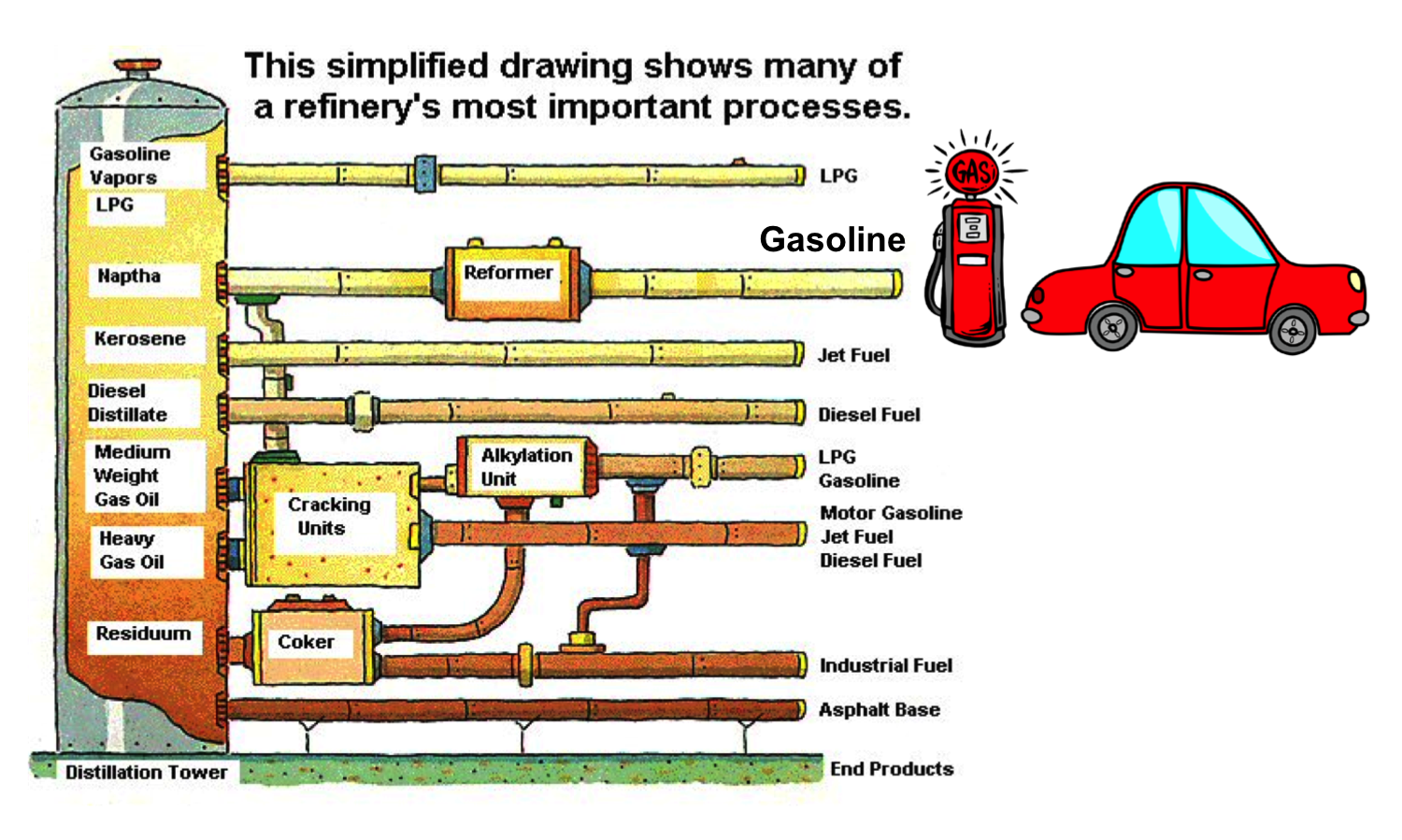
Solar Power Production
The photovoltaic (PV) cells in the solar panels convert sunlight into direct current (DC) power. The inverter(s) convert DC electricity from the solar array to the AC electricity found in the building/site. The inverter feeds electricity into the electrical distribution system.
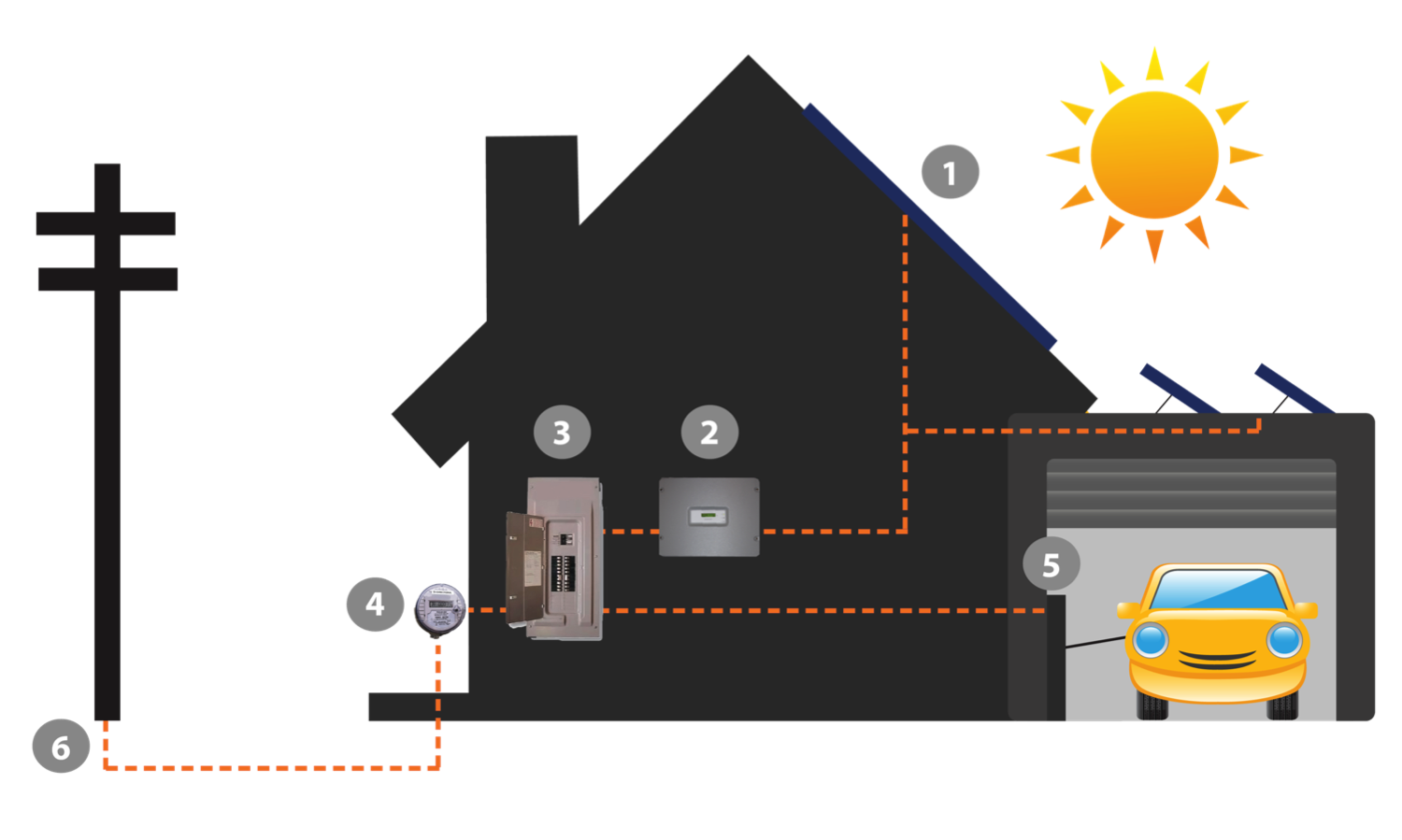
Fuel Efficiency – Gas vs Electric Car
We now have the fuel energy to power a car in the form of gasoline and electricity. How does this fuel translate into what we really want, which is forward movement of the car?
Out of 100 litres of gas, only 12.6 litres actually gets used to move the car forward. The rest is lost as heat and frictional losses. Some cars are more efficient than this particular example but these numbers are for the average car.
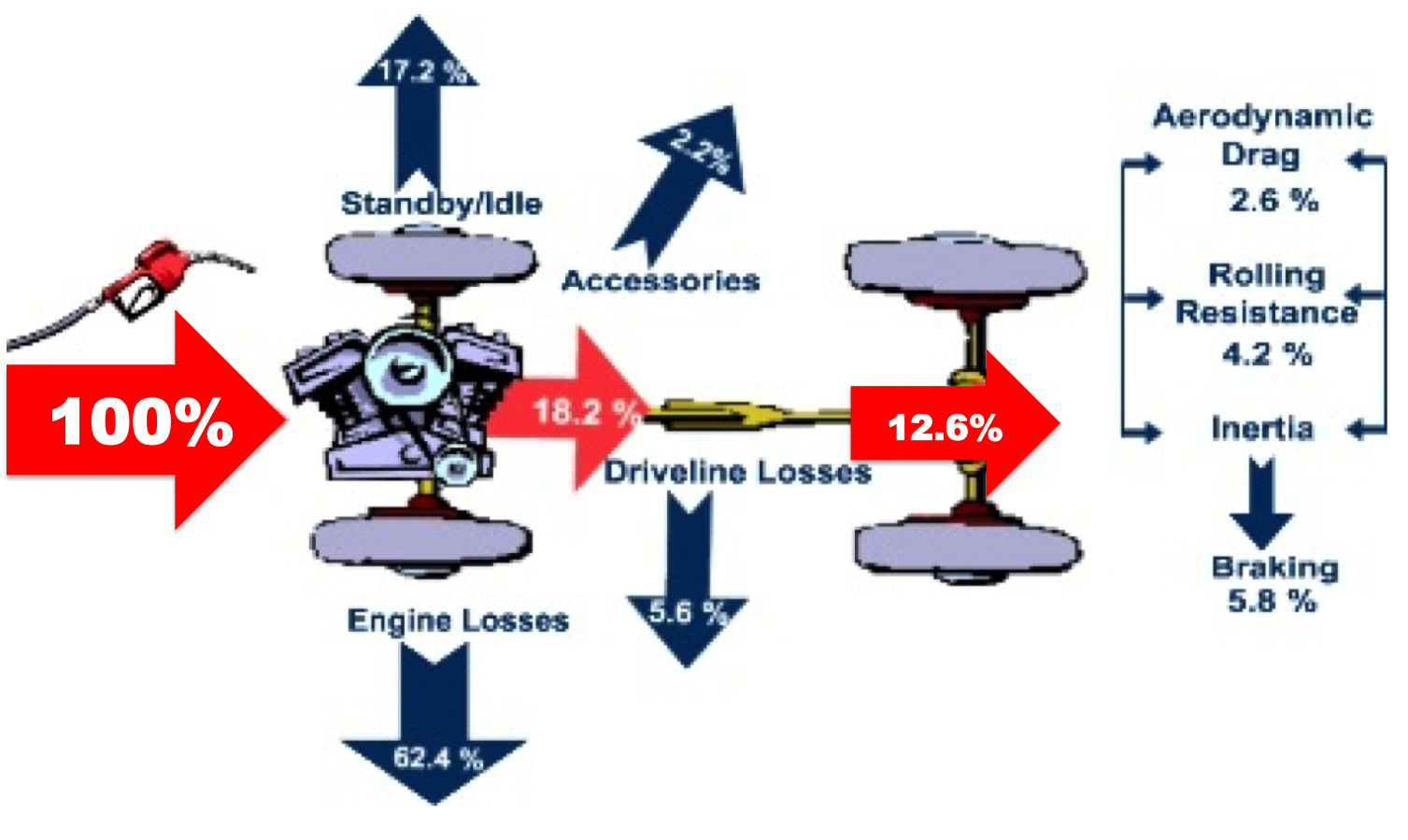
Out of 100 kWh, 90 kWh are used to move the car forward. The electric conversion to movement is more efficient than an internal combustion process.
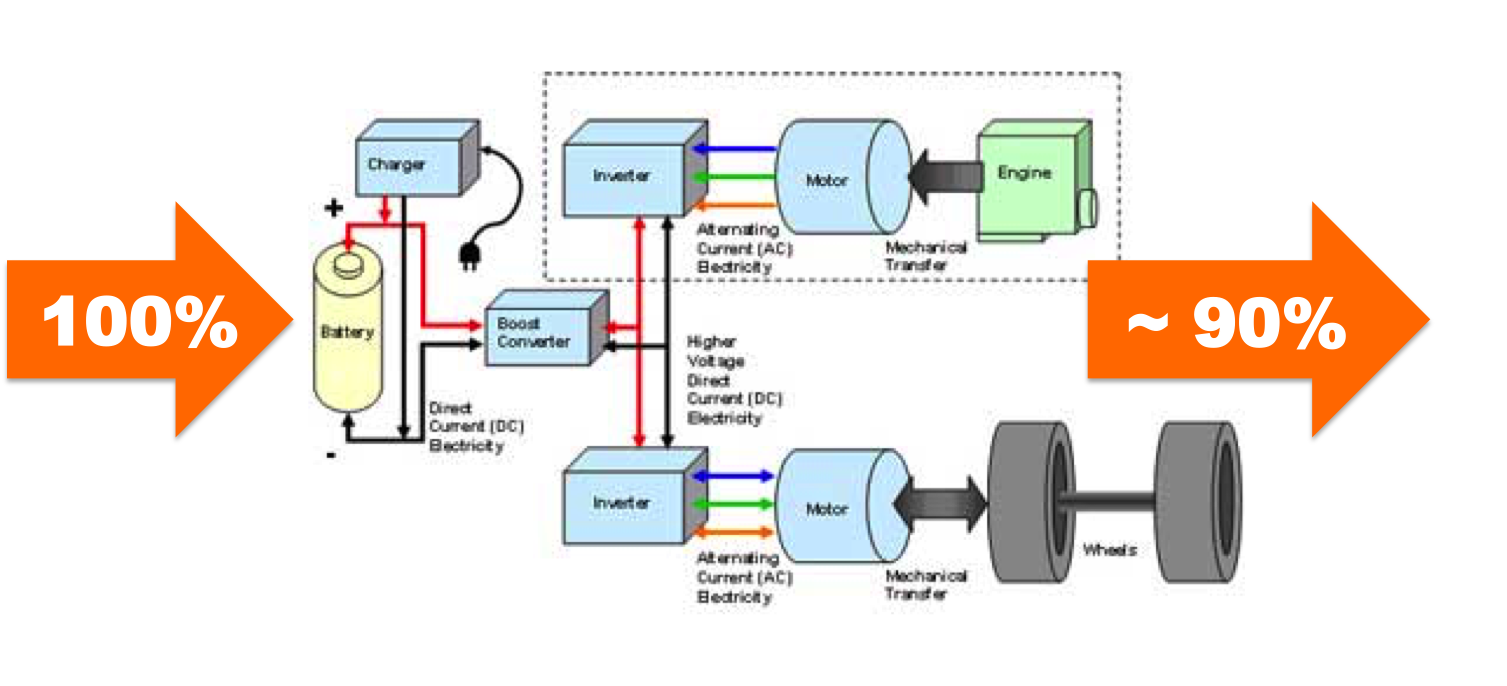
Car Examples
Gas car: Lexus LS (10.7 L/100 km)
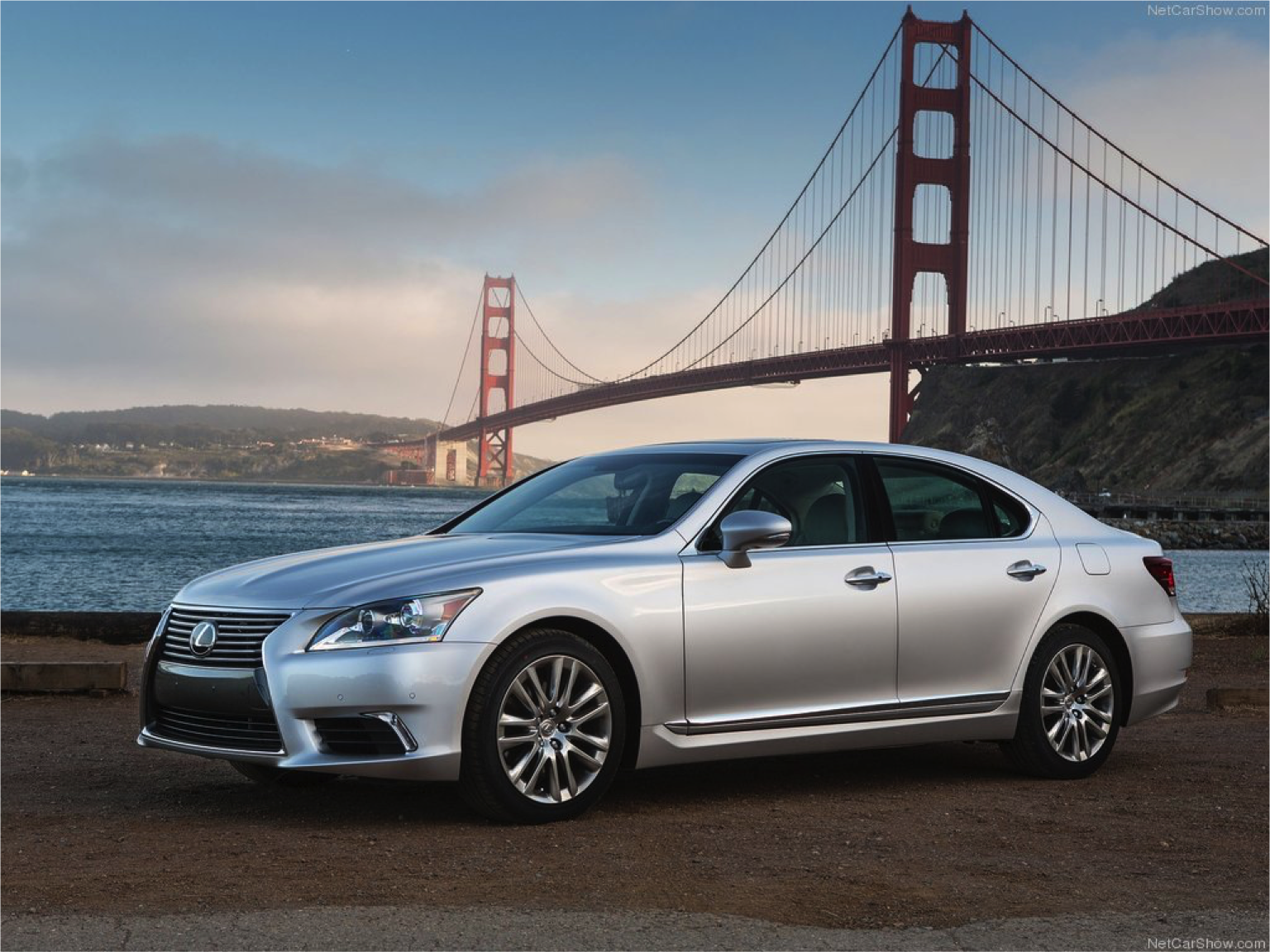
Electric car: Tesla Model S (6.25 km/kWh)
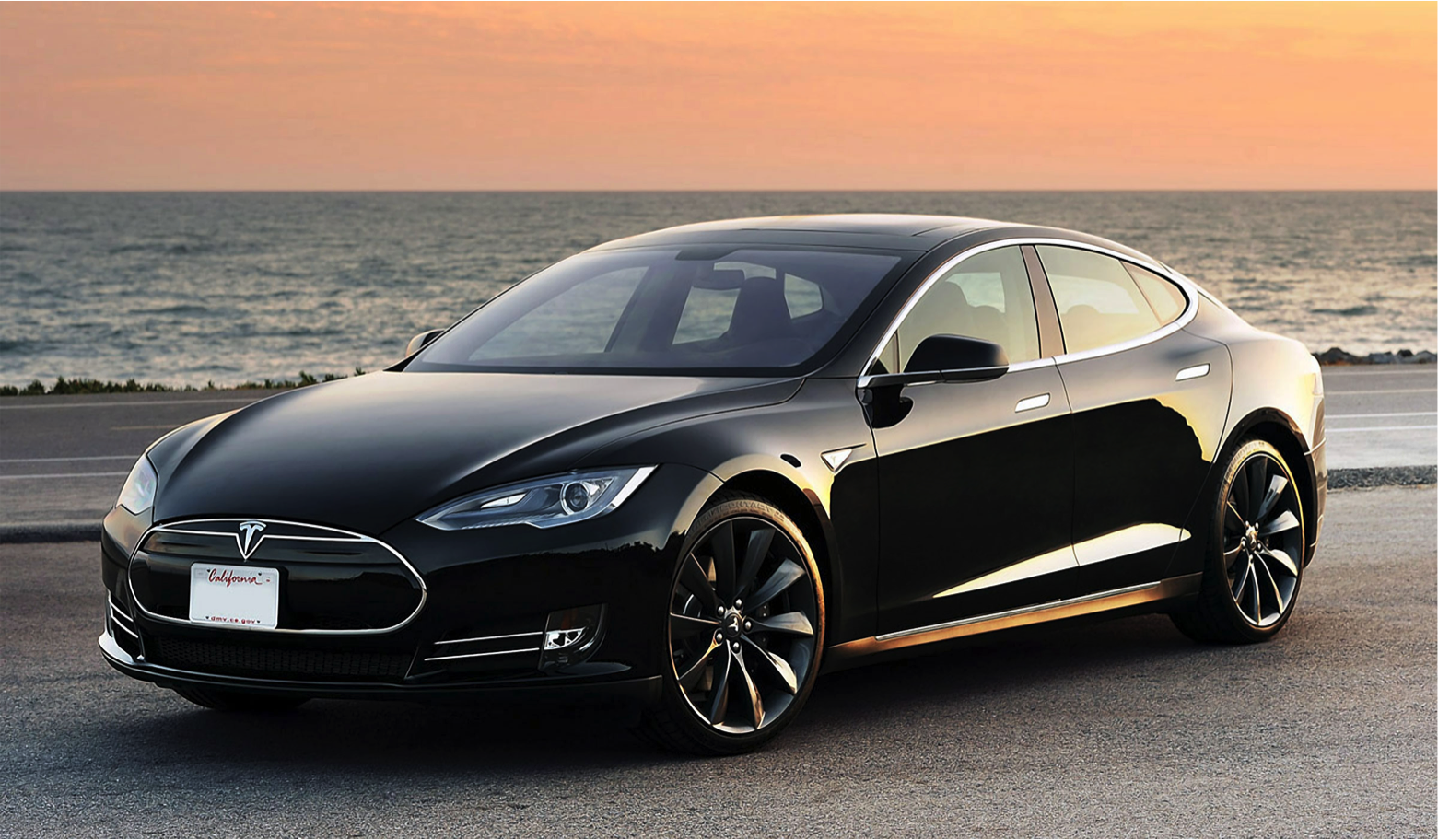
Over the site life of 30 years, this is how far each car will travel:
Oil powered Lexus: 35,785,201 km
Solar powered Tesla: 62,827,114 km
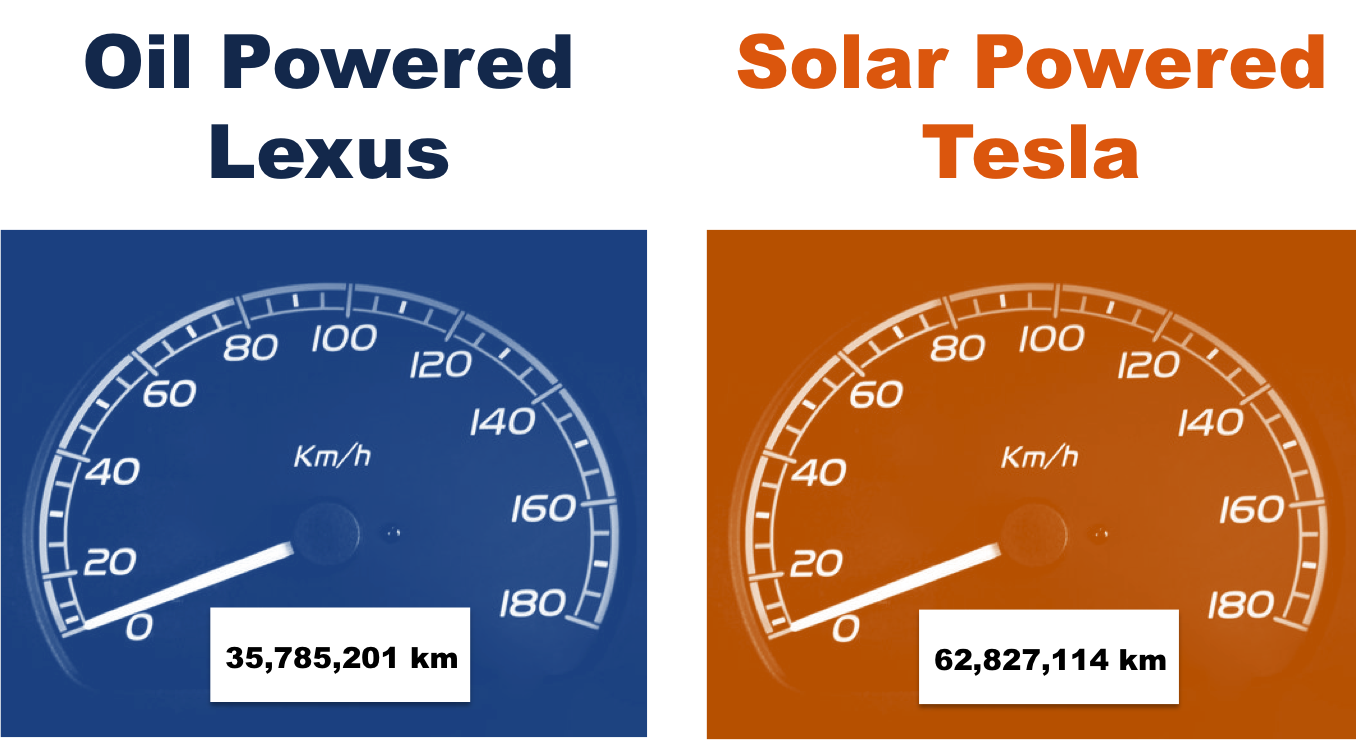
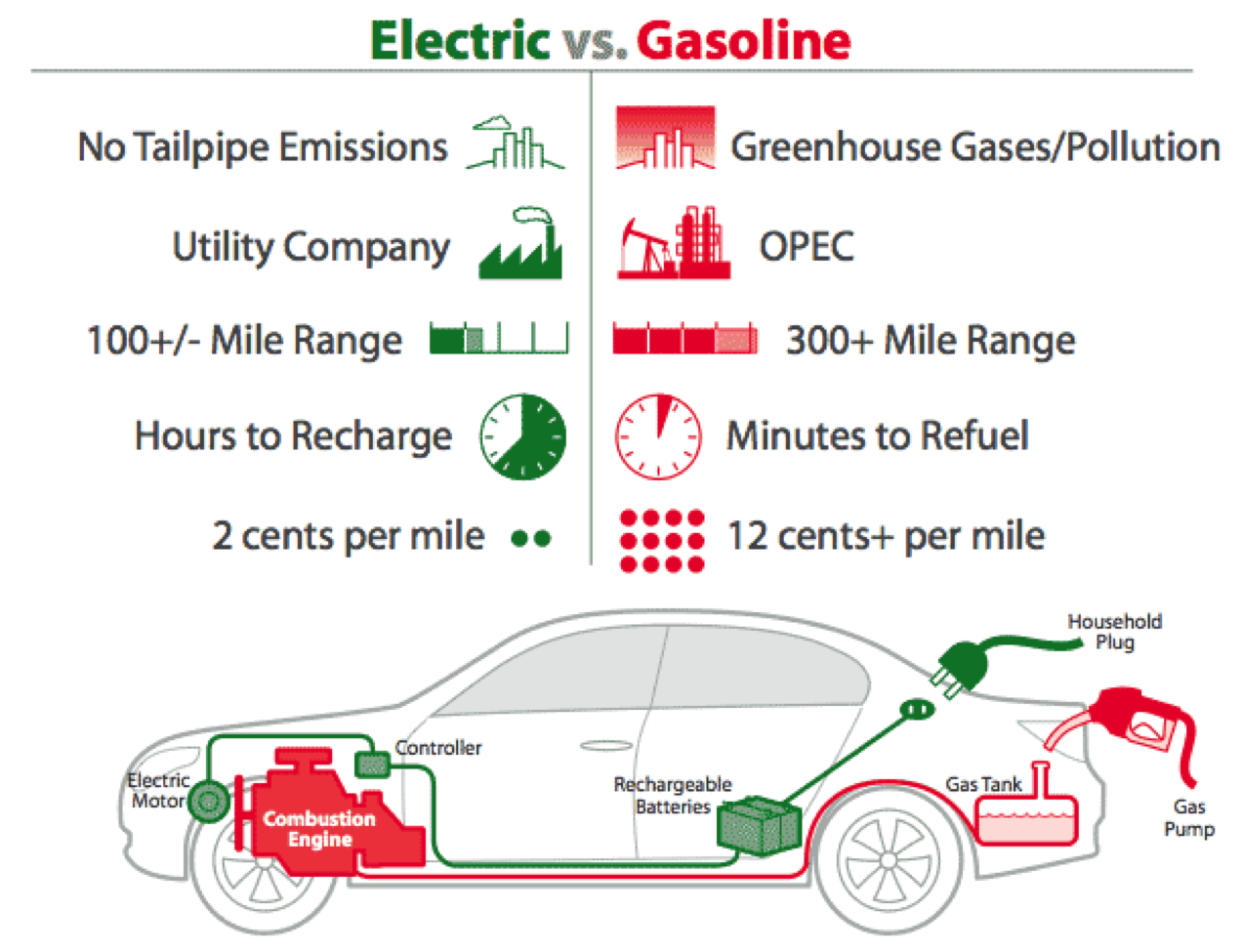
It will be incredibly interesting to watch the transition to zero emissions transportation. We are excited to be working with such progressive oil producers like Imaginea in working towards this and a more sustainable future!
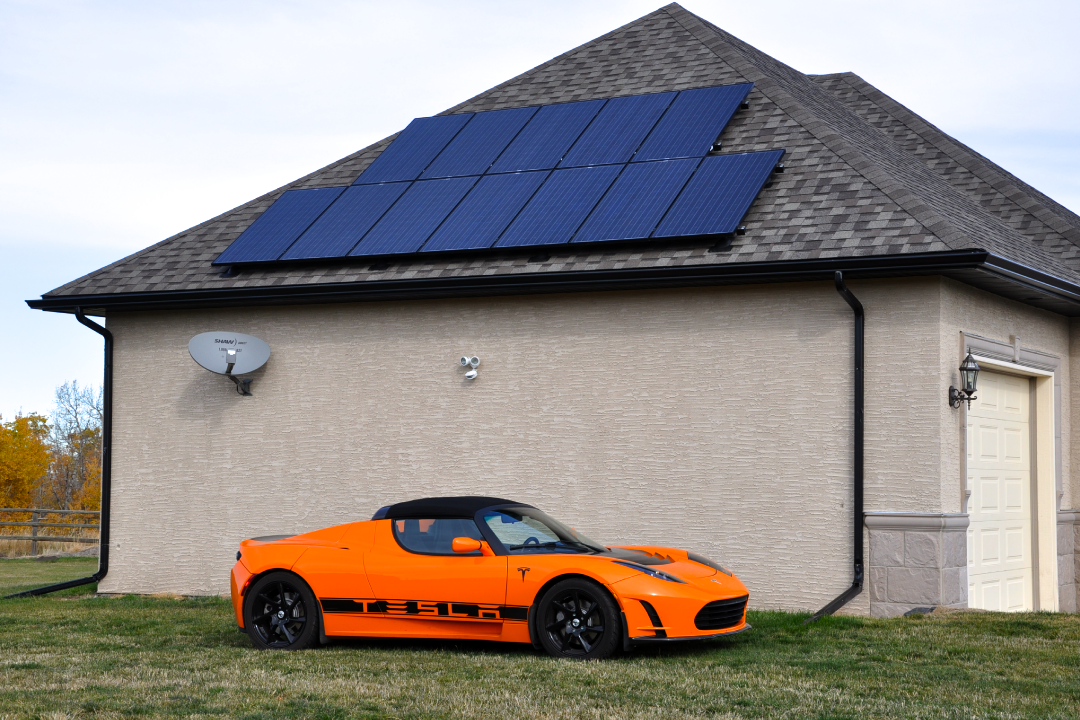
Solar PV & EVs are the perfect combination – Zero emissions, zero ongoing fuel costs and zero to 60 in record times. Stay tuned for more!

